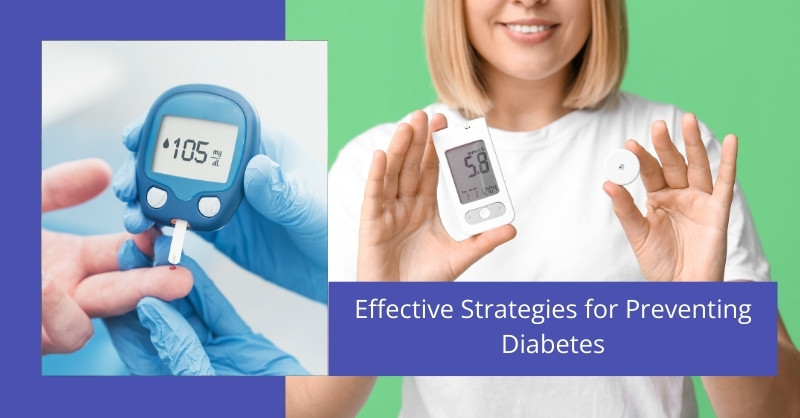Deciphering Diabetes Causes and Symptoms
Diabetes Causes and Symptoms manifest differently depending on the specific type of diabetes. However, all forms share a common underlying issue: a problem with insulin. Insulin, a hormone produced by the pancreas, acts as a key, allowing glucose from food to enter cells for energy. In diabetes, this process is disrupted. Either the body doesn’t produce enough insulin (Type 1), can’t effectively use the insulin it produces (Type 2), or the body is unable to produce the increased insulin needed during pregnancy (Gestational diabetes), leading to elevated blood sugar levels. Consequently, these elevated levels, if left unchecked, can lead to serious health complications over time.
Exploring the Different Types of Diabetes and Their Symptoms
There are primarily three main types of diabetes:
Understanding Type 1 Diabetes: Symptoms, Causes, and Risk Factors
This autoimmune disease occurs when the body’s immune system mistakenly attacks and destroys the insulin-producing beta cells in the pancreas. As a result, individuals with Type 1 diabetes produce little to no insulin. Symptoms often develop rapidly and include increased thirst (polydipsia), frequent urination (polyuria), extreme hunger (polyphagia), unexplained weight loss, blurred vision, and persistent fatigue. Typically, this form of diabetes is diagnosed in children and young adults, although it can develop at any age. Therefore, prompt diagnosis and insulin therapy are essential.
Exploring Type 2 Diabetes: Causes, Symptoms, and Risk Factors of the Condition
This is the most common form of diabetes. It develops when the body becomes resistant to insulin, meaning cells don’t respond properly to it. Initially, the pancreas attempts to compensate by producing even more insulin. Eventually, however, it can’t keep up, leading to rising blood sugar levels. Symptoms of Type 2 diabetes often develop gradually and subtly. They can include increased thirst, frequent urination, increased hunger, fatigue, blurred vision, slow-healing sores or cuts, and frequent infections. Moreover, some individuals with Type 2 diabetes may not experience any noticeable symptoms at all, making regular check-ups with a healthcare professional extremely important.
Gestational Diabetes Explained: Causes, Symptoms, and Risk Factors During Pregnancy
This type of diabetes develops during pregnancy in women who did not have diabetes before conception. Hormonal shifts during pregnancy can affect how the body uses insulin, leading to insulin resistance. Gestational diabetes usually resolves after childbirth. However, it significantly increases the mother’s risk of developing Type 2 diabetes later in life and also poses health risks to the baby. For this reason, screening for gestational diabetes during pregnancy is a standard part of prenatal care.
Understanding Diabetes Causes and Symptoms: Identifying Key Risk Factors for Developing the Condition
Several factors can increase the likelihood of developing diabetes:
- Family History: A family history of diabetes, especially in a parent or sibling, increases your risk.
- Age: The risk of Type 2 diabetes increases with age, particularly after age 45.
- Overweight or Obesity: Excess weight, especially abdominal obesity, is a major risk factor for Type 2 diabetes.
- Physical Inactivity: A sedentary lifestyle contributes to insulin resistance.
- Ethnicity: Certain ethnicities, including African Americans, Hispanic/Latino Americans, American Indians, and some Asian Americans, have a higher risk of developing Type 2 diabetes.
- Polycystic Ovary Syndrome (PCOS): Women with PCOS have an increased risk of developing Type 2 diabetes.
- Previous Gestational Diabetes: Women who have had gestational diabetes are at a higher risk of developing Type 2 diabetes later.
Effective Strategies for Preventing Diabetes

While some risk factors, such as family history and ethnicity, are not modifiable, many lifestyle changes can significantly reduce the risk of developing Type 2 diabetes and even manage prediabetes, a condition where blood sugar levels are higher than normal but not yet in the diabetic range. Thus, preventive measures are crucial.
- Maintain a Healthy Weight: Losing even a modest amount of weight (5-7% of body weight) can significantly improve insulin sensitivity.
- Adopt a Balanced Diet: Focus on consuming a diet rich in fruits, vegetables, whole grains, and lean protein. Limit processed foods, sugary drinks, and saturated and trans fats.
- Engage in Regular Physical Activity: Aim for at least 150 minutes of moderate-intensity aerobic exercise per week, such as brisk walking, swimming, or cycling. Additionally, incorporating strength training exercises can further improve insulin sensitivity.
- Regular Health Screenings: Regular check-ups with your doctor can help detect early signs of diabetes and other health issues. Early detection is key to preventing or delaying the progression of the disease.
Understanding Diabetes for Prevention and Management

Understanding Diabetes Causes and Symptoms is the first step toward effective prevention and management. By adopting healthy lifestyle habits and seeking regular medical care, individuals can significantly reduce their risk of developing diabetes and improve their overall health.
Reliable Sources for Diabetes Information
You can find more information about diabetes and its management at reputable sources like the National Institute of Diabetes and Digestive and Kidney Diseases (NIDDK). Therefore, taking proactive steps is essential to staying informed and improving your health.
Managing Blood Glucose Levels
Managing blood glucose levels is a key component of diabetes care. This often involves self-monitoring of blood glucose, following a structured meal plan, engaging in regular exercise, and taking medication as prescribed by a healthcare provider.
Collaborating with Healthcare Providers for Diabetes Management
Furthermore, working closely with a healthcare team, including a doctor, diabetes educator, and registered dietitian, is crucial for creating a personalized diabetes management plan. Professional support helps in managing diabetes effectively.
Taking Control of Your Health Through Prevention
This information on Diabetes Causes and Symptoms provides a foundation for understanding this widespread condition. By understanding the causes, recognizing the symptoms, and implementing preventive measures, individuals can take control of their health and well-being.
Early Detection and Proactive Management
Finally, remember that early detection and proactive management are key to minimizing the long-term complications associated with diabetes. Effective diabetes management can lead to better health outcomes and an improved quality of life.



